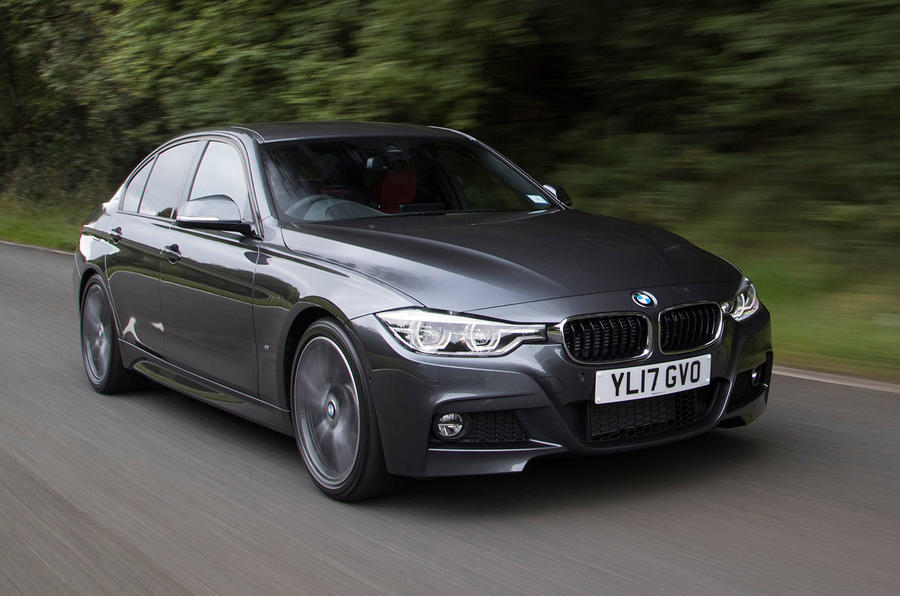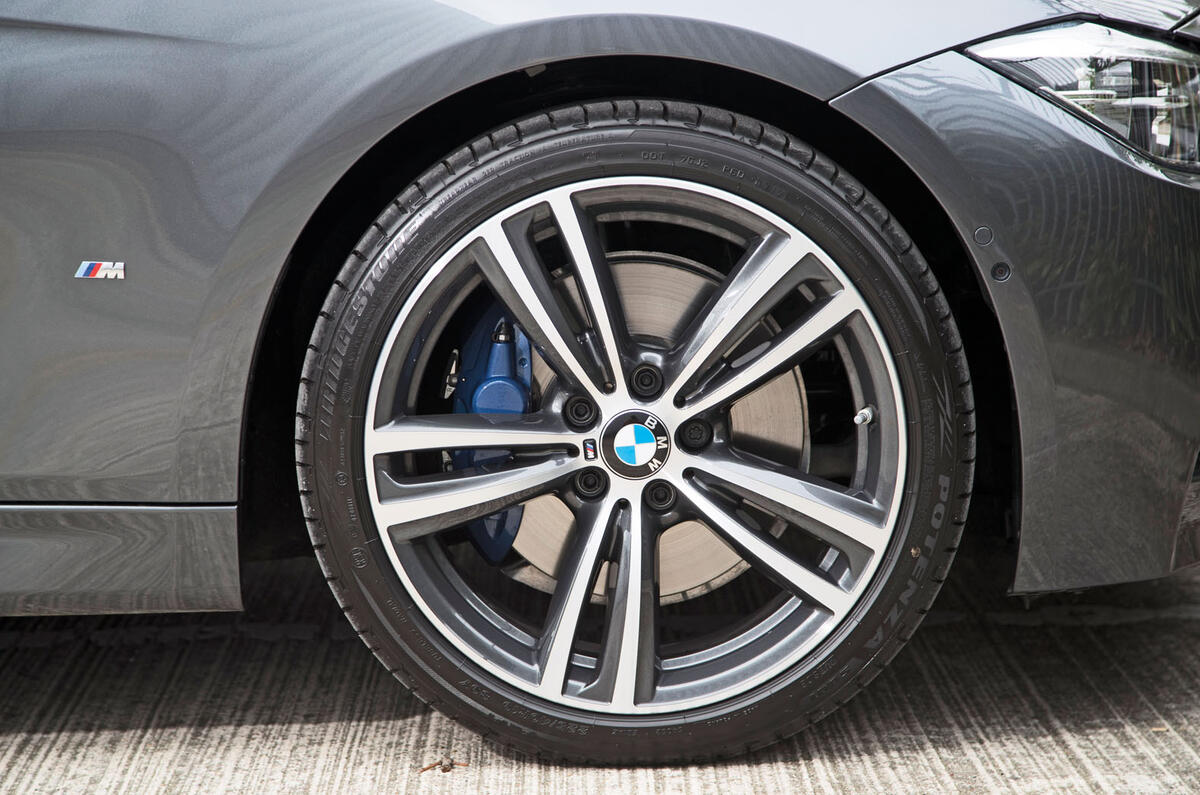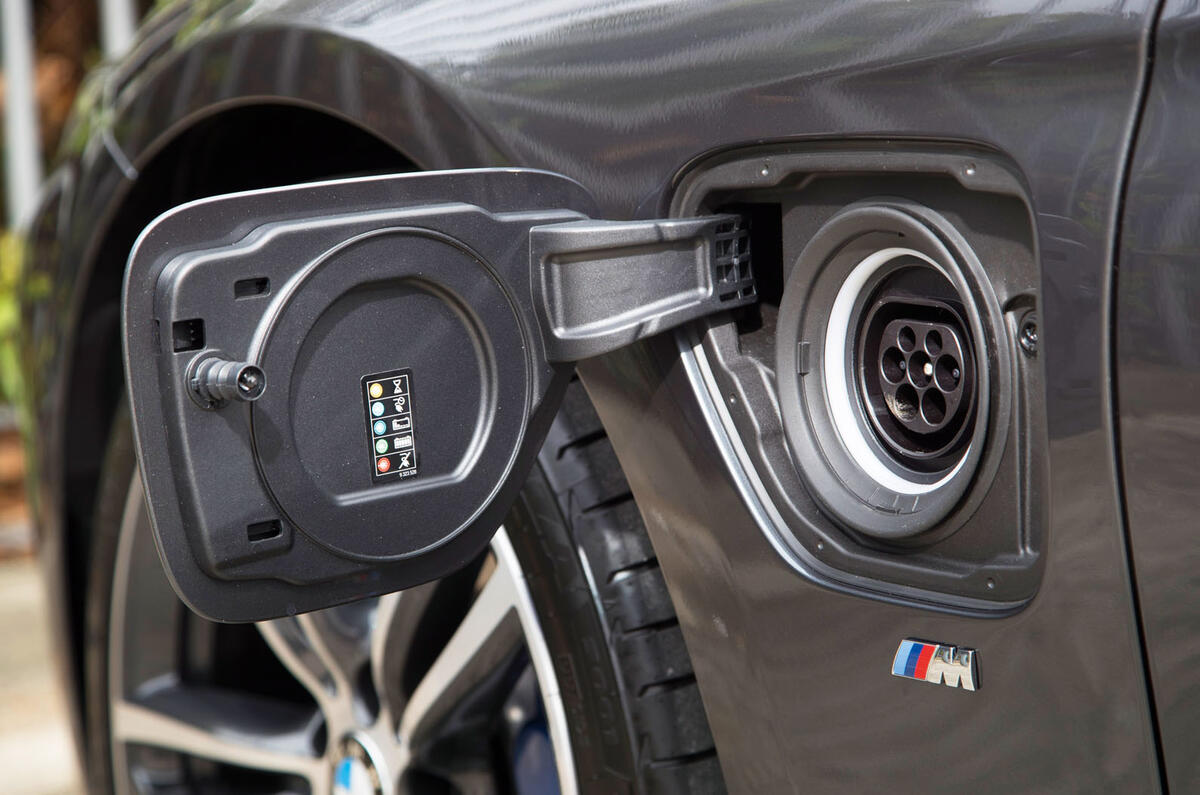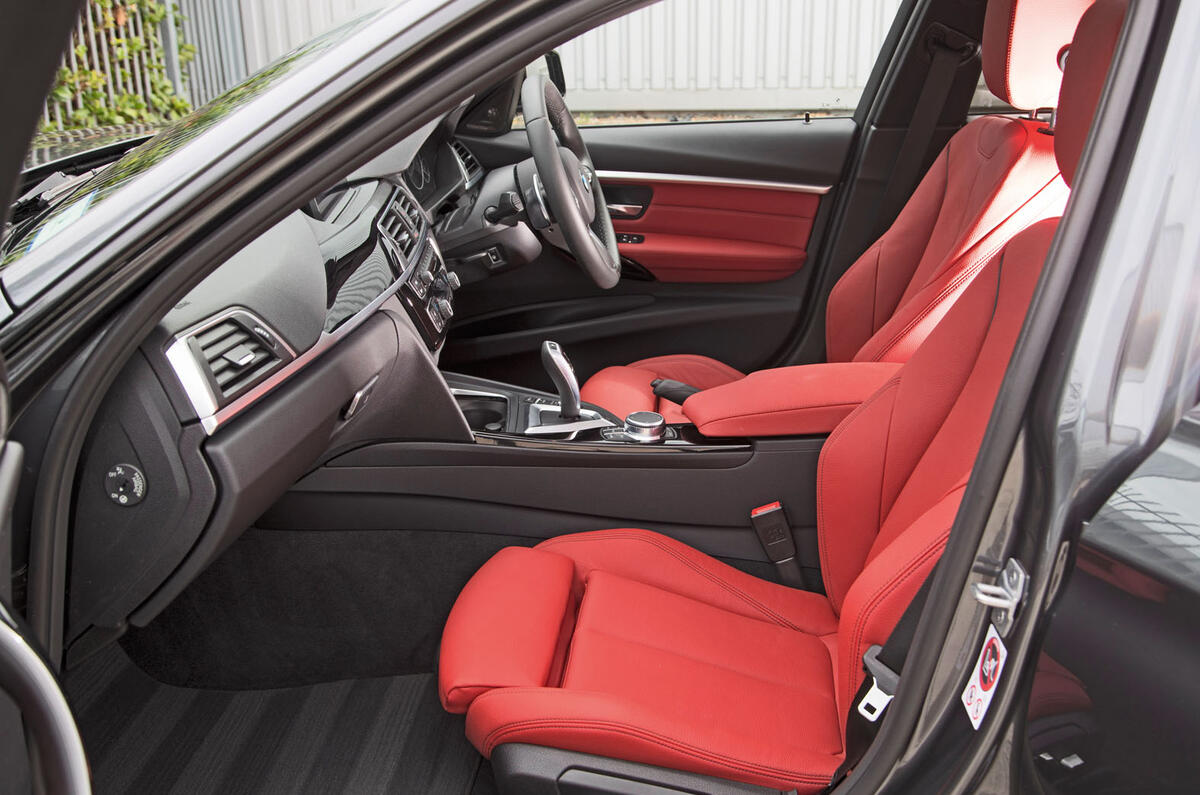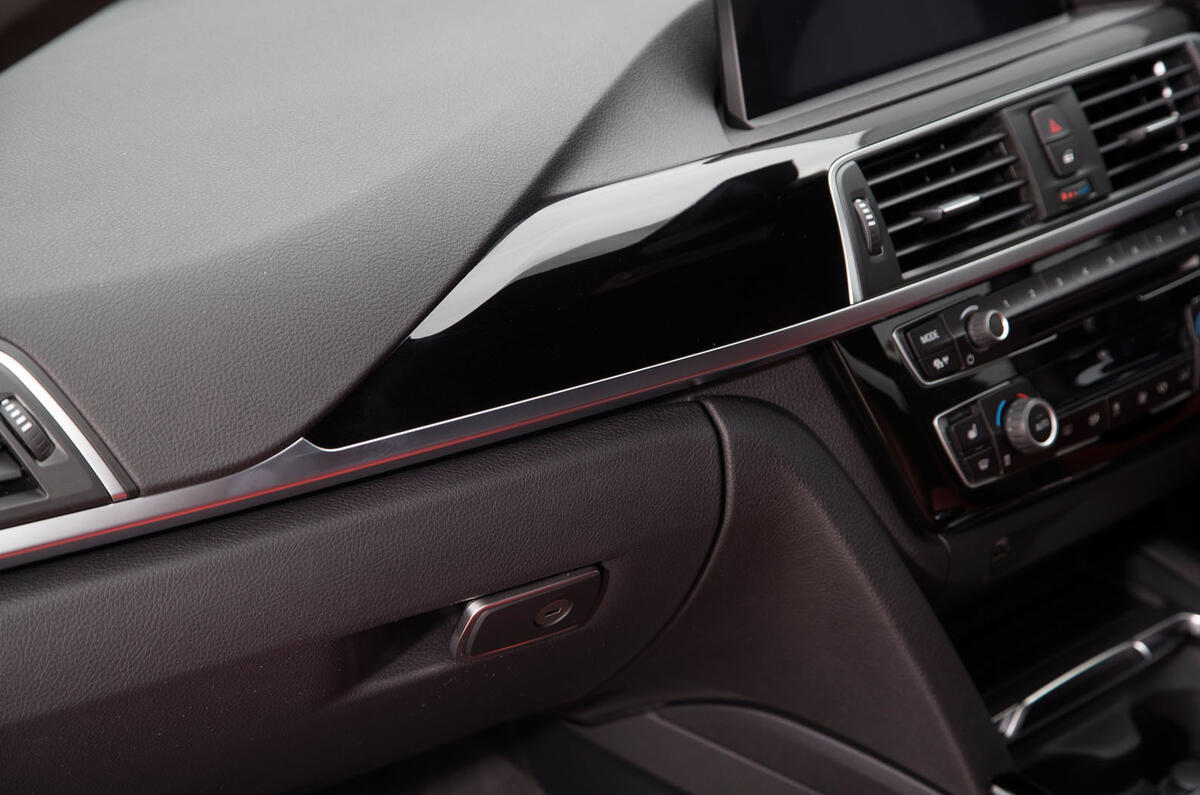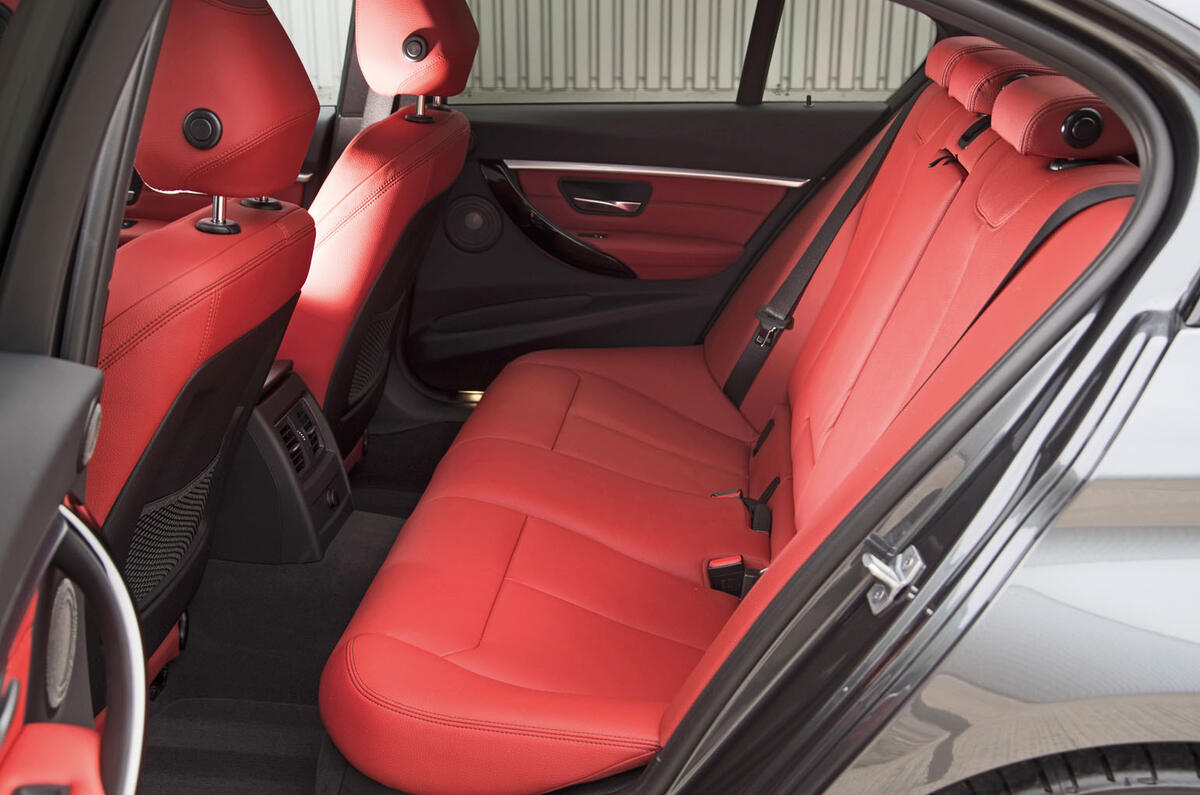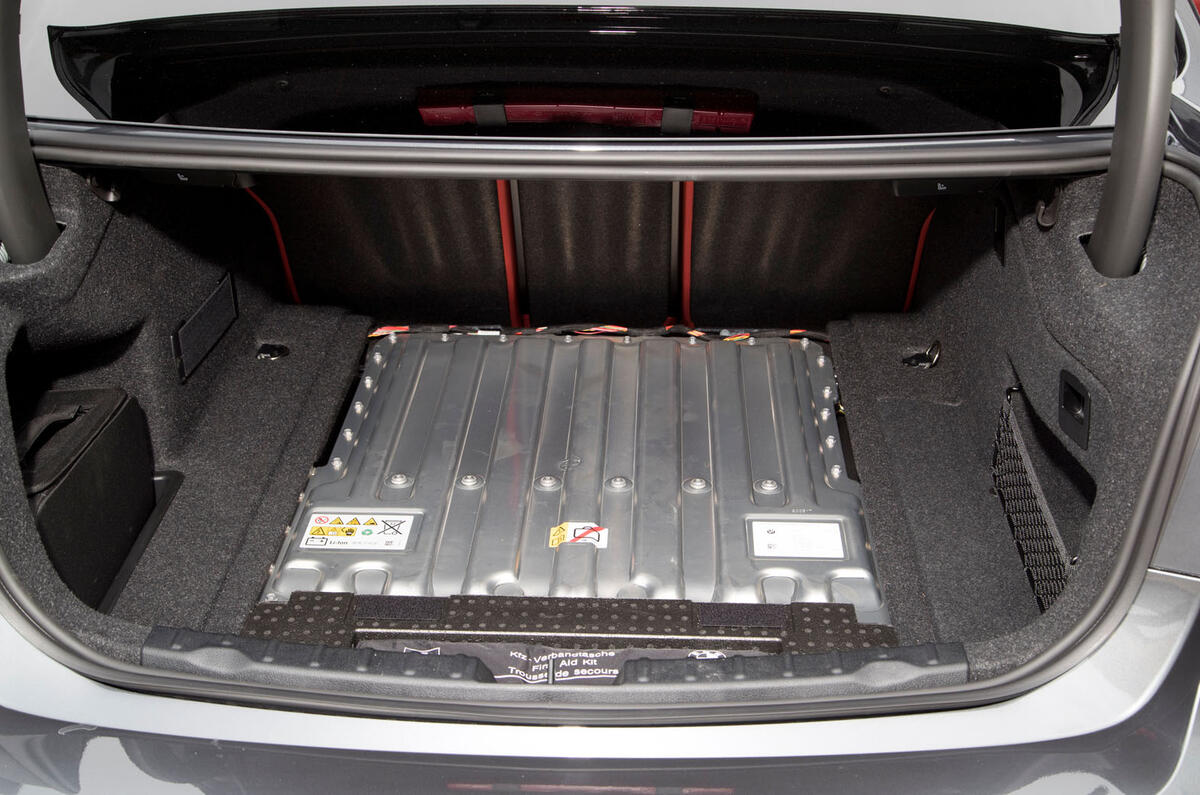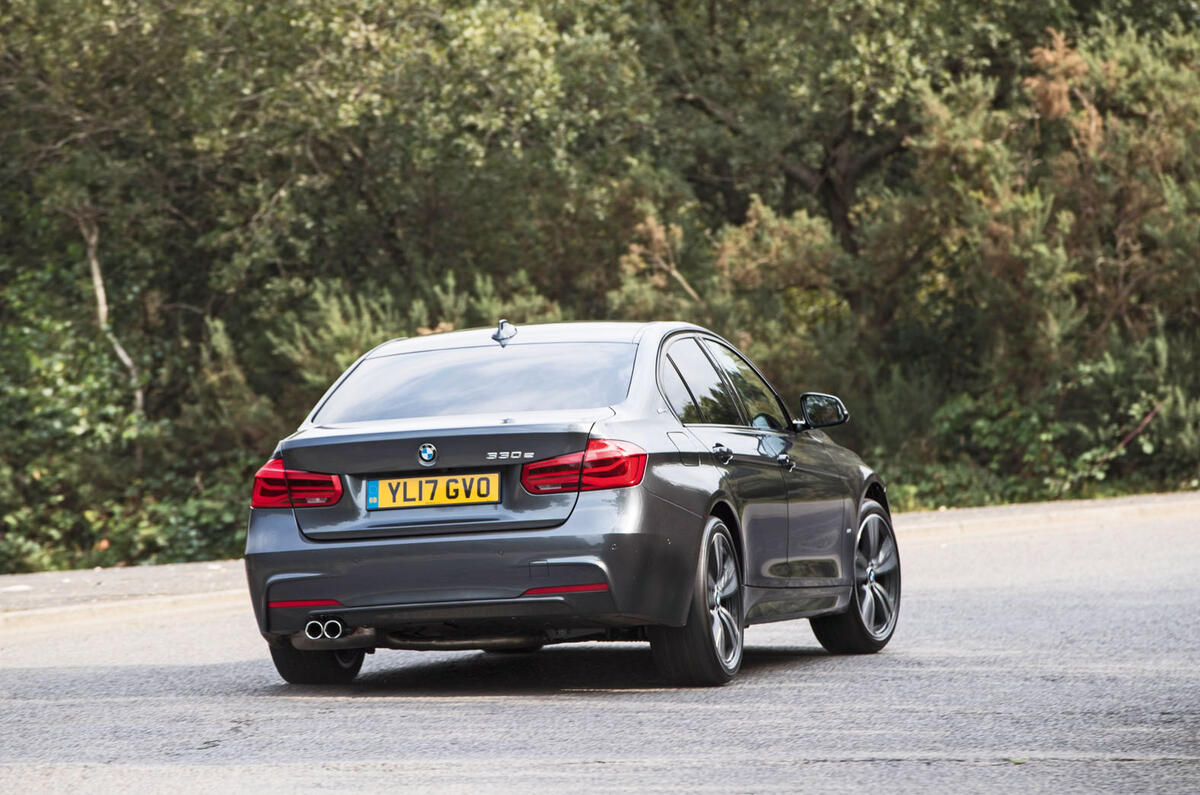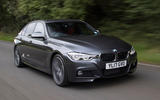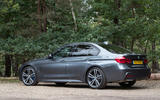This being an F30-generation 3 Series, the driving position is beyond reproach and has seemingly endless scope for adjustment.
The instruments – largely still analogue – sit just below eye level for most drivers, although our car also had BMW’s crystal-clear optional head-up display (as part of the £2295 Innovation package). Either way, this is a top-notch driving environment.
Back-seat passengers don’t have it quite so good. Most adults will find adequate levels of comfort although frequent occupants would probably thank you for choosing a Passat GTE instead of the BMW.
Boot space, meanwhile, takes a hit because of the battery pack tucked under the floor. At 370 litres, it’s more than 100 litres smaller than a conventionally powered 3 Series’.
With the exception of some blue detailing and a battery charge depletion/recuperation graphic in the main instrument binnacle, the 330e’s interior barely deviates from that of the rest of the 3 Series line-up.
The most significant addition is a small button marked ‘eDrive’ that sits just behind the gear selector. Auto eDrive, Max eDrive and Save Battery are the modes to choose from – respectively balancing the car’s two power sources, operating the powertrain on electric power alone or saving battery charge for later.



